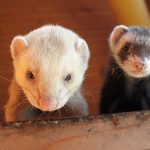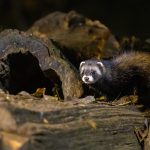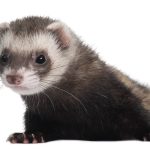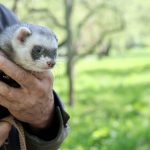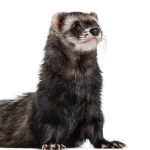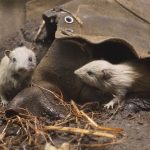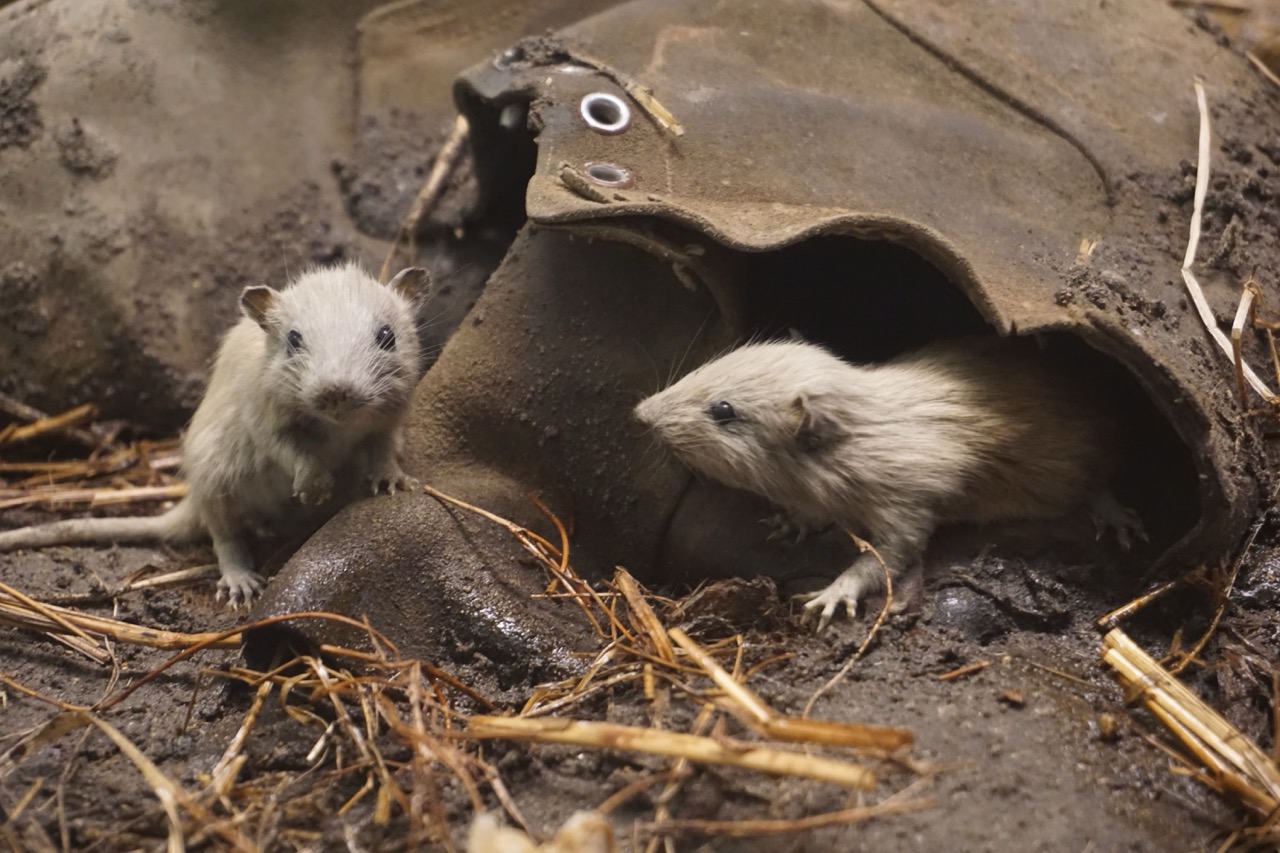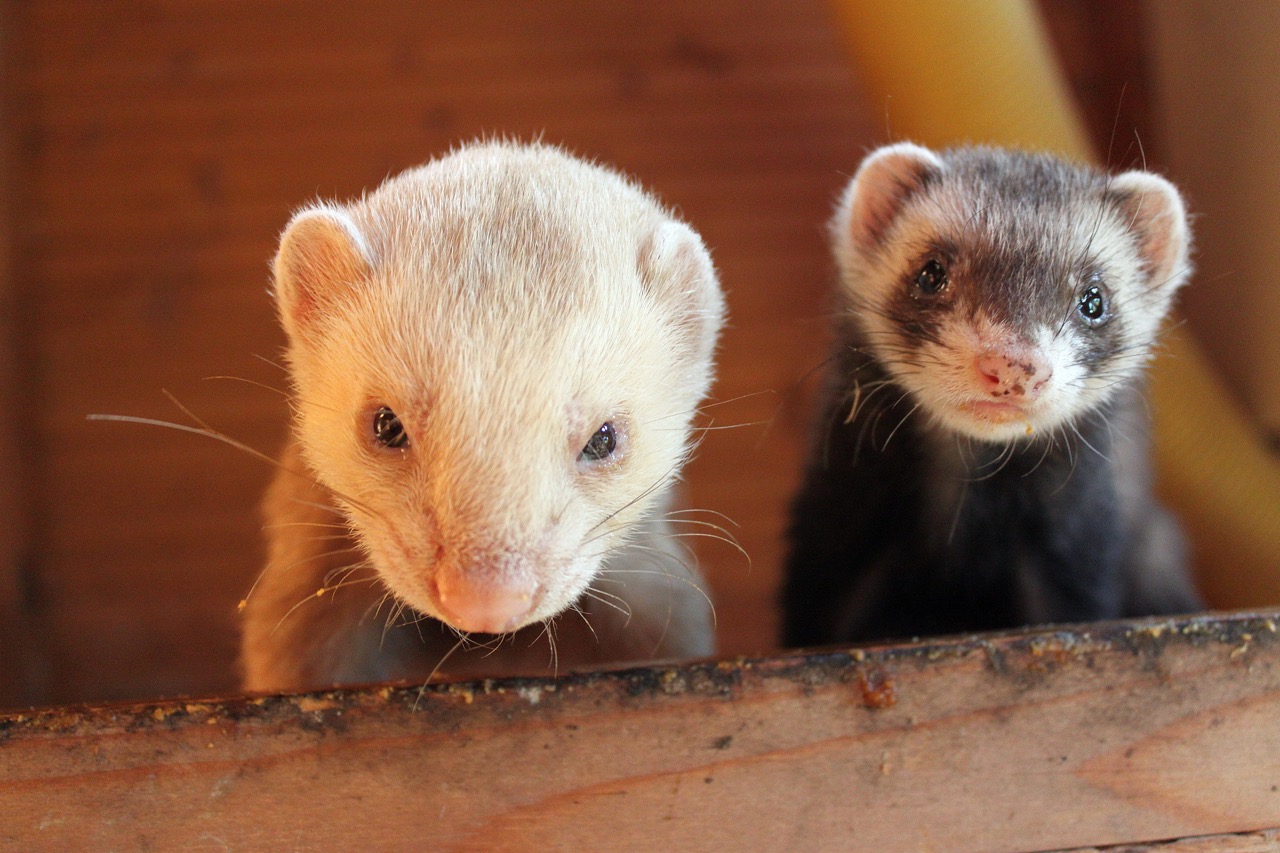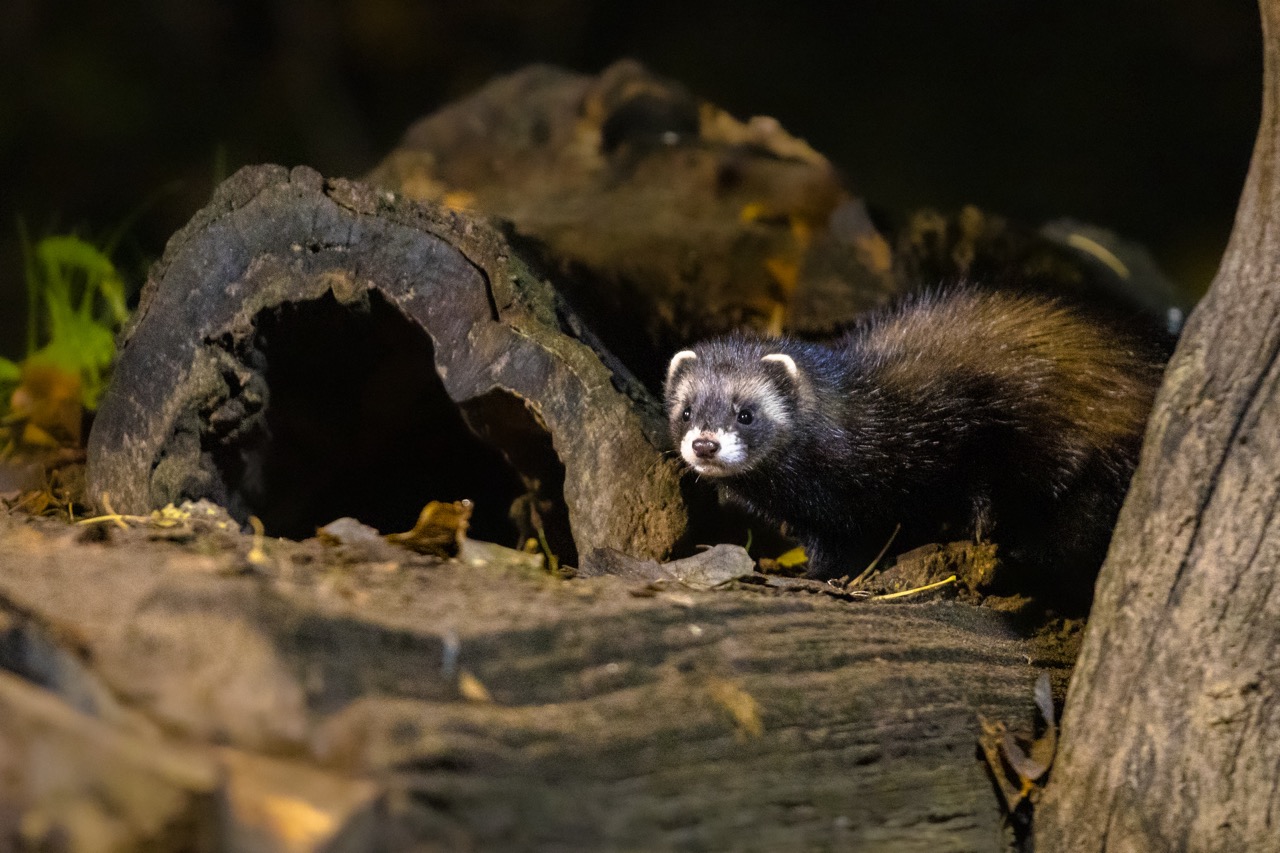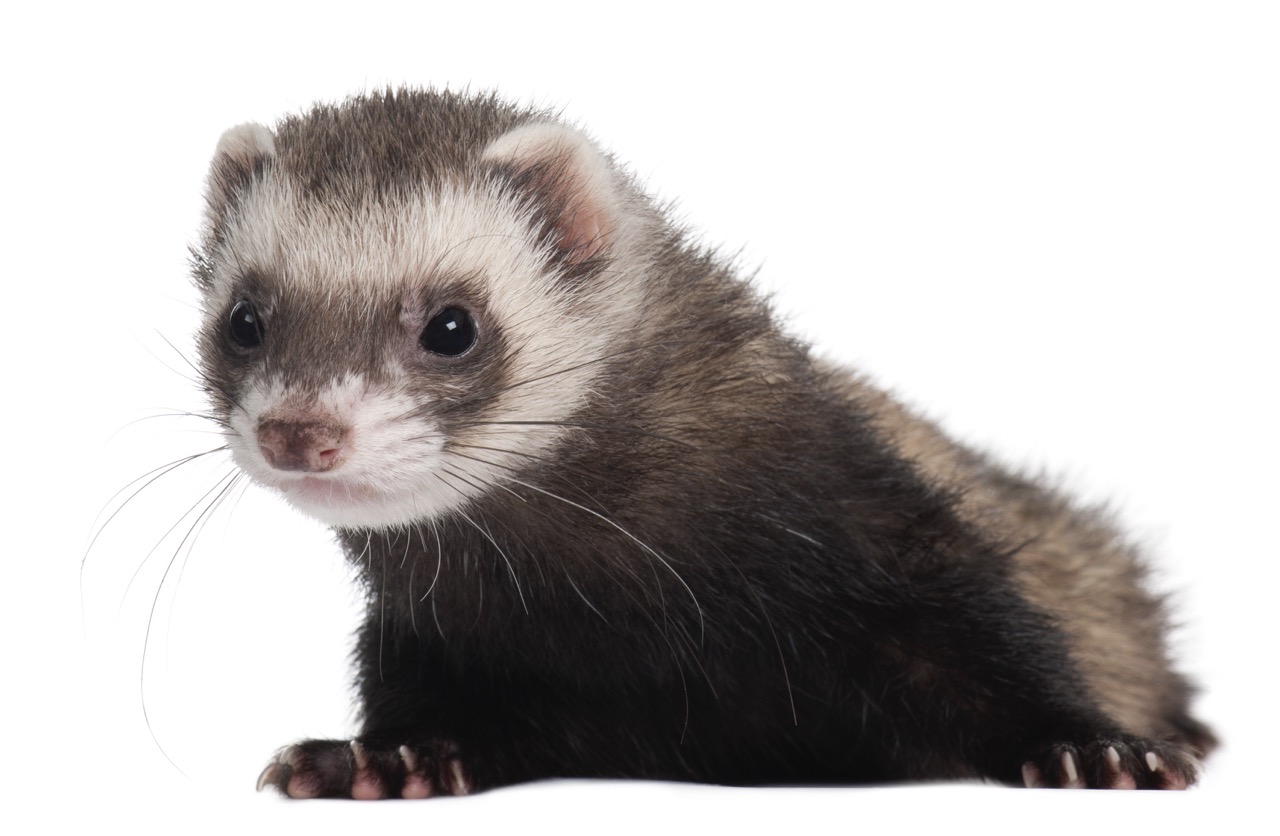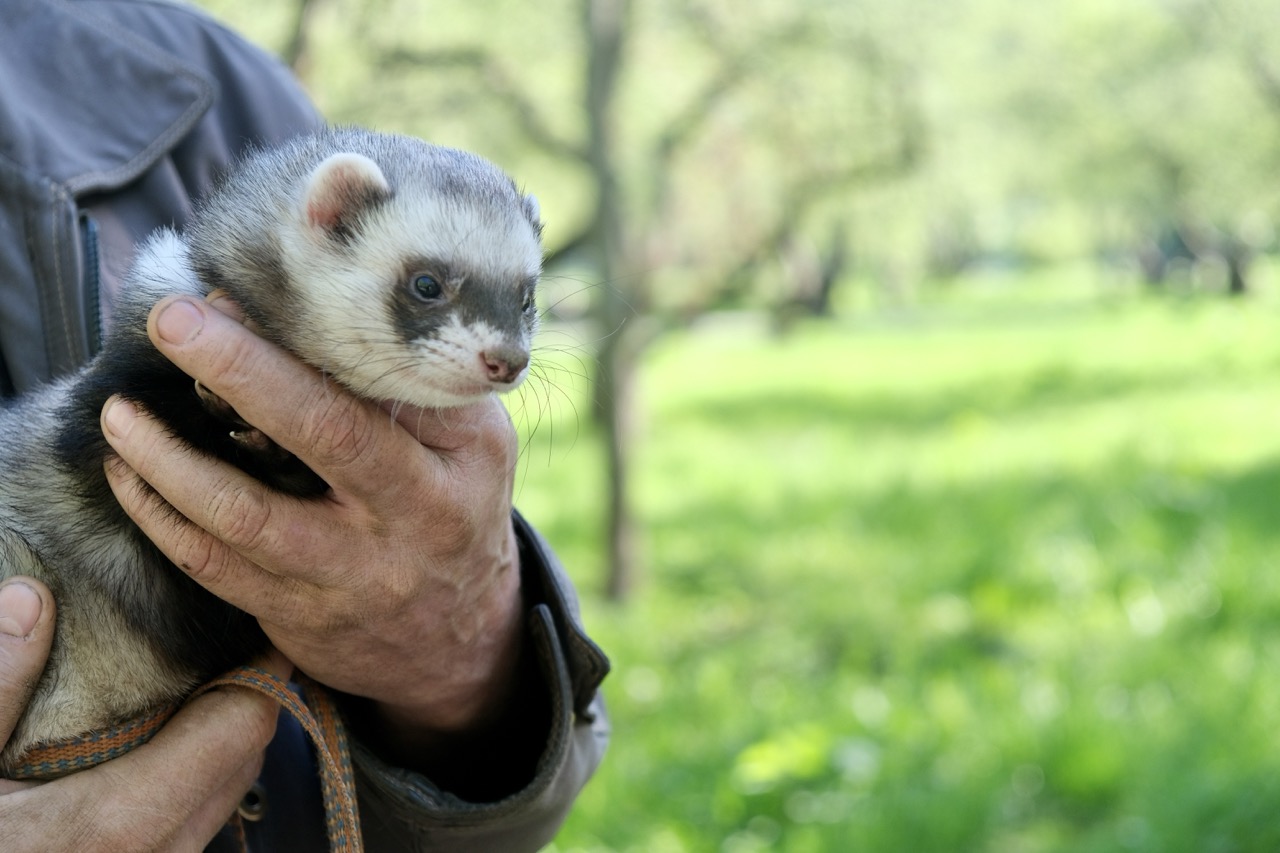The domestic ferret (Mustela putorius furo) has become a popular companion animal, but its evolutionary origins are deeply rooted in the wild. Understanding the ancestral lineage of the domestic ferret allows us to appreciate not only its physical characteristics and behavior but also the complex relationship it has developed with humans over the centuries. This article delves into the evolutionary trajectory of the domestic ferret, exploring its ancestral roots, the influence of wild ferrets in its development, the genetic adaptations that have occurred during domestication, and the significant impact of human interaction on its evolutionary path.
Understanding the Ancestral Roots of Domestic Ferrets
The domestic ferret is descended from the European polecat (Mustela putorius), which serves as its wild ancestor. The polecat is a member of the Mustelidae family, which includes weasels, otters, and badgers. This lineage can be traced back to the early domestication efforts around 2,500 years ago, where ferrets were initially kept for practical purposes such as hunting vermin and game birds. The domestication process allowed humans to selectively breed ferrets for specific traits, leading to variations that distinguish them from their wild counterparts.
The domestication of ferrets is believed to have occurred primarily in Europe, where they were employed for their exceptional hunting skills. Early records indicate that ferrets were utilized in agricultural settings to control pests, reflecting a symbiotic relationship between humans and these small carnivores. This practical use initiated a gradual change in the ferret’s living conditions, diet, and behavior, steering them away from their wild instincts and towards a more human-centered existence.
Furthermore, archaeological evidence suggests that domestication was not solely based on utilitarian goals but also involved a degree of affection and companionship. As ferrets became more integrated into human households, they were also subject to selective breeding based on temperament and personality traits. This blending of utilitarian and companionable roles established the foundation for the domestic ferret as we know it today.
The Role of Wild Ferrets in Domestic Ferret Development
The European polecat played a crucial role in shaping the characteristics of the domestic ferret. When early humans began the domestication process, they selected individuals that exhibited desirable traits, such as docility and sociability. However, the wild ferret’s genetics provided the foundational traits necessary for the survival and adaptability of the domestic ferret. Many of the instinctual behaviors, such as tunneling and hunting, are remnants of the ferret’s ancestral lineage, which remain evident even in domesticated species.
Wild ferrets also contributed a variety of physical characteristics to their domestic counterparts. The size, coloration, and fur texture of domestic ferrets can often be traced back to their wild relatives. While selective breeding has produced numerous colors and patterns, the basic morphology—such as a long, slender body and agile limbs—remains largely influenced by the polecat’s genetics. This connection underscores the importance of wild ferrets in maintaining a genetic reservoir that defines the domestic ferret’s physical identity.
Moreover, the behaviors learned from their wild ancestors manifest in various ways. For instance, despite their domestication, ferrets display instinctual hunting behaviors and explore their environments with curiosity and playfulness. Understanding these behaviors helps owners create appropriate environments that cater to the natural inclinations of their domesticated pets, ensuring their well-being and satisfaction.
Genetic Adaptations: From Wild to Domestic Ferrets
With the transition from wild to domestic environments, ferrets underwent significant genetic adaptations. Selective breeding led to changes in behavioral traits, allowing domestic ferrets to become more trainable and sociable compared to their wild ancestors. Over time, traits such as reduced aggression and increased tolerance towards humans were favored, resulting in a pet that is more suited to living in human households.
Beyond behavior, physical adaptations also occurred as a result of domestication. Domestic ferrets exhibit a range of coat colors and patterns that are not commonly found in wild polecats. These variations were achieved through targeted breeding practices aimed at enhancing aesthetic traits, reflecting the human desire for specific appearances in companion animals. The genetic diversity introduced by selective breeding also aided in the development of ferrets that are better suited to living in captivity.
Additionally, the domestication process has influenced the health and lifespan of ferrets. With responsible breeding practices focusing on health traits, domestic ferrets often experience fewer survival pressures than their wild counterparts, leading to extended lifespans and improved quality of life. However, it is essential to note that domestication has also introduced certain genetic predispositions to health issues, making it crucial for owners to be aware of potential health risks associated with specific breeds or lines.
Impact of Human Interaction on Ferret Evolutionary Path
Human interaction has been a dominant force in shaping the evolutionary trajectory of the domestic ferret. As ferrets transitioned from utilitarian animals to beloved pets, the nature of their relationship with humans evolved significantly. This change has led to a greater emphasis on breeding for temperament, resulting in ferrets that are not only more compatible with human lifestyles but also exhibit playful and affectionate behaviors.
Moreover, the human role in ferret care has contributed to their behavioral evolution. Owners often provide environments rich in stimuli, promoting active exploration and interaction. This dynamic has fostered a more engaging and social demeanor among domestic ferrets, further differentiating them from their wild relatives. The enrichment of their environments often replicates natural behaviors, offering them opportunities to engage in physical activities, which can enhance their well-being.
As the popularity of ferrets as pets continues to rise, responsible breeding and ethical ownership practices are essential to guide their evolutionary future. The focus on breeding for health, temperament, and compatibility will play a crucial role in ensuring that domestic ferrets thrive in human environments while maintaining their unique characteristics. This relationship can ultimately influence the direction of ferret evolution, reflecting a partnership that has grown increasingly intertwined over the centuries.
The evolution of the domestic ferret is a fascinating journey that highlights the interplay between natural instincts and human influence. From their ancestral roots in the European polecat to their current status as cherished pets, ferrets have undergone significant transformations shaped by selective breeding and human interaction. This understanding not only enhances our appreciation for these captivating animals but also underscores the importance of responsible ownership and care as we navigate their future in an ever-evolving relationship with humanity.
